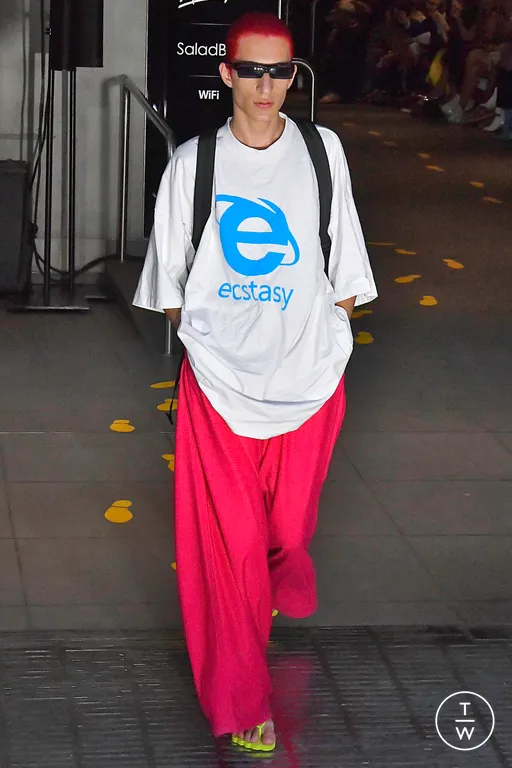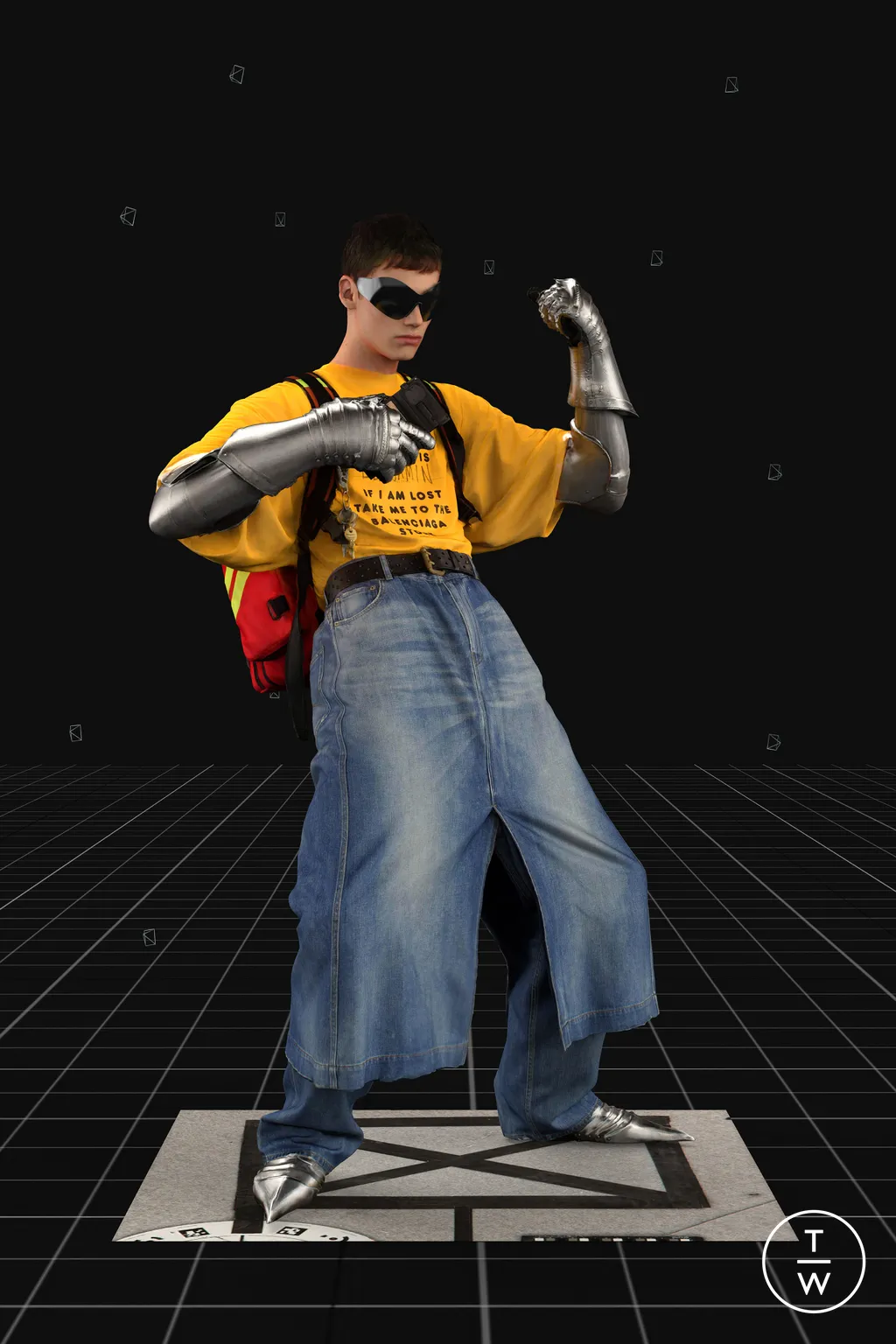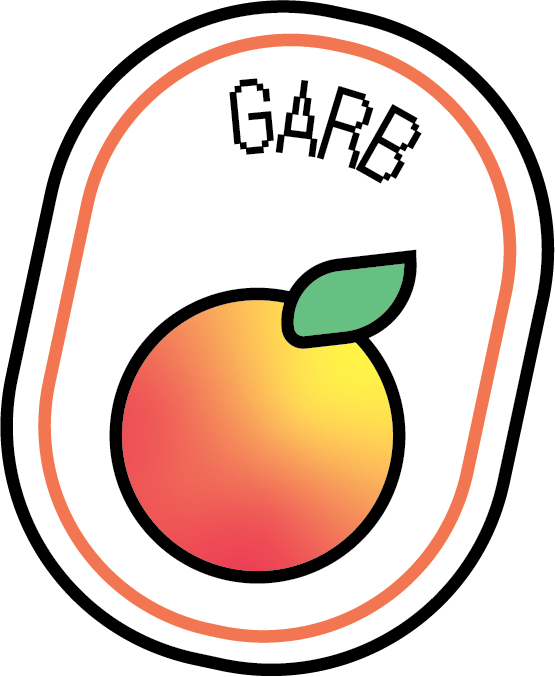What's in Your Style DNA? - Stealing From Others as a Catalyst for Style Growth
Have you been in a stylistic rut? Looking for a new way to stand out in your 1000 person lecture? Consider theft! The fashion industry is always stealing from itself, so why not join in the frenzy?
As it turns out, nearly every design you see walking down the runway, no matter what house is showing, is derivative of, or a reference to, a previous collection which in turn likely references one that came before that. This is a result of the limiting nature of clothes. At this point, nearly every “wearable” (in the sense that a regular person might put it on to go somewhere other than the Met Gala) has been identified and reproduced thousands of times. As a result, the artform relies on the ability of designers to rehash these ideas in cohesive and visually appealing ways.
The beauty of these shows then comes from how artfully a designer can combine references: both to their own work, and to the works of their contemporaries in order to produce a new idea from old concepts. Take, for example, Demna Gvasalia’s current vision for Balenciaga, in comparison to the way he was designing for his former house, Vetements. At Vetements, Gvasalia explored how the inherent value of a brand name could turn a t-shirt with an internet explorer logo into a veritable piece of fashion-week-ready haute couture. This design, and others which poked fun at a classically pretentious approach to fashion, separated Vetements from many of its peers who were unable to so clearly demonstrate self awareness.
Since entering his role as the creative director of Balenciaga, there has been no love lost between the Georgian designer and the melodrama of the runway. This is most clearly depicted in look 25, wherein the model sports a pair of heels modeled after a suit of armor, and a pair of jeans layered over another pair which isattached like an apron to the front. Gvasalia again pushes away the idea of a “serious” runway in favor of showing how extreme and “unfashionable” something can be whilst remaining designer by virtue only of its maker. This demonstrates how a runway concept can be reimagined to the same effect using different clothes.
On the other end of the spectrum, there are also many instances of the same design motif telling a different story. Look, for example, at two instances of designers interacting with extra-long sleeves. In the above look from the Comme Des Garcons’ Fall ‘92 showing, the elongated sleeve adds to the heir of anonymity which Kawakubo builds with the usage of the neck gaiter and long layered dress. This secretive identity is maximized by the covered hands, which suggests a hidden or concealed motive.
Conversely, Hedi Slimane imagines the extended sleeve beneath one of his iconic, slim tailored suits. Unlike Kawakubo’s model, Slimane’s tight fitted suit means the model is unable to keep anything out of the light. The sleeve then, rather than repressing, adds a layer of additional expression to the look. What was once a purely formal set becomes more suited to a high class party than the boardroom, with nothing but a pull of sleeve.
All this to say: motifs are always being revived and recycled in the fashion world, which affects everybody, from the haute couture consumer, down to the people furiously scrolling through Grailed looking for “pieces.” If we are all affected by it, who is to say that we can’t take advantage of it in the same way as a creative director? If you see a look you like on pinterest, or at the grocery store, or on your instagram explore page, consider how its ideas and shapes can be repurposed to fit your own sense of style, or even steal the entire outfit and figure the rest out later. Fashion is about renewal and reinvention, so you should never feel ashamed for attempting to reinvent somebody else’s look to your own preferences. There are only so many shirts in the world, and we all have to wear at least one of them.





